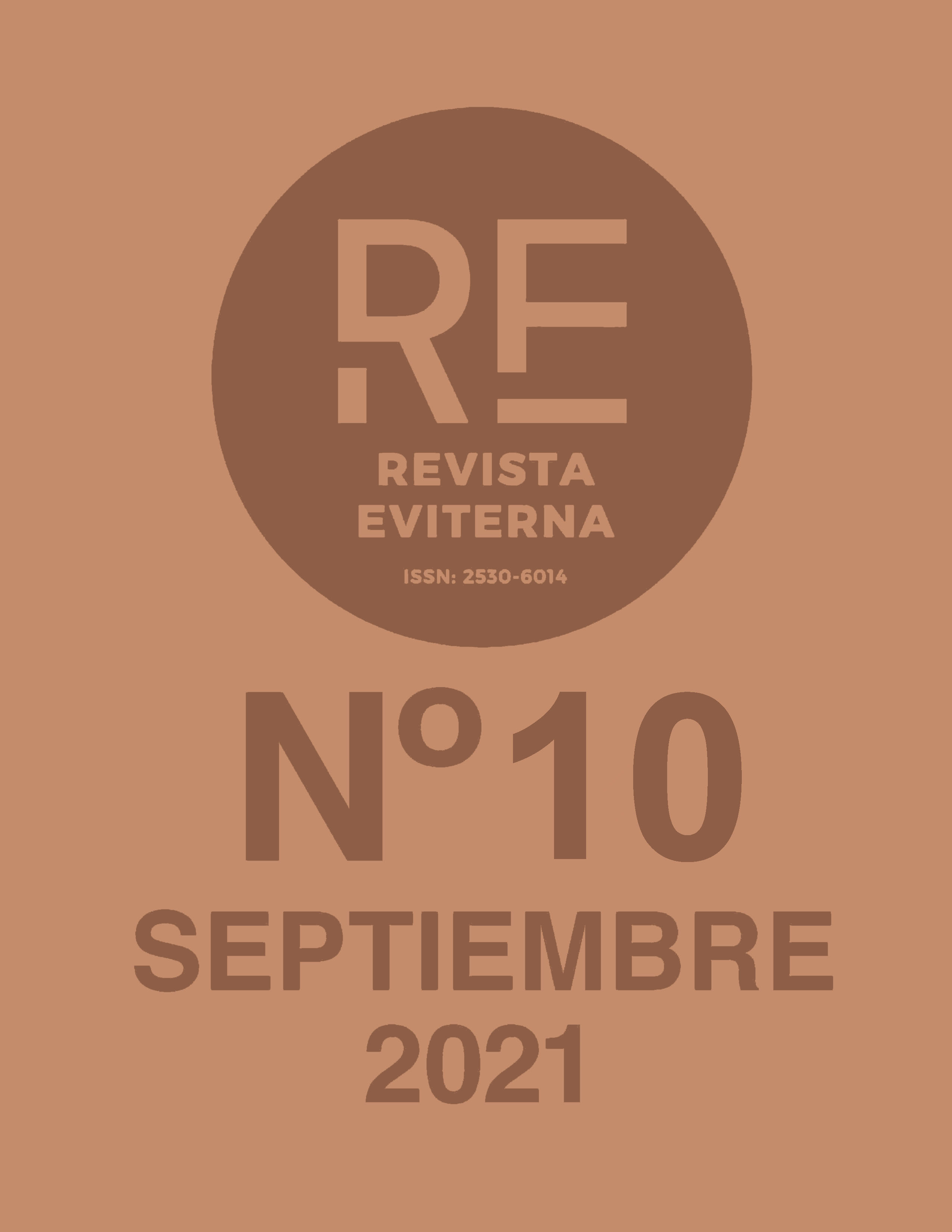Pietro Consagra en Gibellina.
Una hipótesis de ciudad frontal
DOI:
https://doi.org/10.24310/Eviternare.vi10.12822Palabras clave:
Escultura, arquitectura, ciudad, Gibellina, Pietro ConsagraResumen
Lo scultore italiano Pietro Consagra con il testo La città frontale,scritto nel 1968 dopo un lungo viaggio negli Stati Uniti, si mette in polemica contro l’architettura funzionalista, avanzando l’ipotesi di una partecipazione attiva degli artisti allo sviluppo dell’impianto urbano e architettonico delle città. Gibellina, piccola città siciliana ricostruita con l’aiuto di numerosi artisti dopo il terremoto che la distrusse completamente nel 1968, è stato il campo di sperimentazione delle teorie avanzate da Consagra. Qui l’artista ha attuato parte della sua utopia di città frontale, realizzando grandi sculture e architetture tutte legate al principio della frontalità. Proprio la frontalità è l’espediente che l’artista ha utilizzato sin dagli anni cinquanta per creare un rapporto paritario fra opera e fruitore, le sculture frontali così come le architetture non cercano di imporsi e dominare il circostante da un centro ideale, si lasciano invece attraversare, invitano a un colloquio a tu per tu, creando un rapporto intimo di complicità con ciò che le circonda. Questa utopia è nata anche grazie alla volontà di Ludovico Corrao, illuminato sindaco di Gibellina per più di un ventennio, e grazie soprattutto alla popolazione che, dopo la catastrofe e la tabula rasa portata dal terremoto, ha accettato e partecipato con entusiasmo alle proposte degli artisti. Tramite un’analisi comparativa delle opere realizzate a Gibellina da Consagra, metteremo in evidenza il dibattito nato fra artisti e architetti in questo periodo sulle possibilità di sviluppo condiviso delle future città.Descargas
Métricas
Publicación Facts
Perfil de revisores N/D
Información adicional autores
Indexado: {$indexList}
-
Indexado en
- Sociedad Académica/Grupo
- N/D
- Editora:
- Universidad de Málaga
Citas
Accame, G. M. & Di Milia, G. (a cura di). (1996). Consagra Scultura e architettura. Milano: Gabriele Mazzotta.
Appella, G. (1981). Colloquio con Consagra. Roma: Della Cometa.
Camarrone, D. (2011). I Maestri di Gibellina. Palermo: Sellerio.
Carandente, G. (a cura di). (1973). Pietro Consagra. Palermo: Nuovo Sud.
Carandente, G. (a cura di). (1985). Pietro Consagra, la città frontale e interferenze 1968-1985. Roma: Salone Renault.
Consagra, P. (1952). Necessità della scultura. Roma: Lentini.
Consagra, P. (1967). Consagra. Catalogo mostra Galleria dell’Ariete. Milano: Galleria dell’Ariete.
Consagra, P. (1969). La città frontale. Bari: De Donato.
Cristallini, E., Fabbri, M. & Greco, A. (a cura di) (2004). Gibellina nata dall’arte una città per una società estetica. Roma: Gangemi.
Giacchino, S. & Rotelli, M. N. (a cura di) (2004). Gibellina, un luogo, una città, un museo. La ricostruzione. Palermo: Publisicula.
Goethe, J. W. (1816-1817). Viaggio in Italia. Edizione de Castellani, E. (2017). Milano: Mondadori.
Heidegger, M. (1969). L’arte e lo spazio. Edizione di Angelino, C. (1984). Genova: Melangolo.
Lonzi, C. (1969). Autoritratto. Bari: De Donato.
La Monica, G. (1981). Gibellina: ideologia e utopia. Palermo: La Palma.
Publicado
Cómo citar
Número
Sección
Licencia
Todos los contenidos publicados en Revista Eviterna están sujetos a la licencia Creative Commons Reconocimento-NoComercia-Compartirigual 4.0 cuyo texto completo puede consultar en <http://creativecommons.org/licenses/by-nc-sa/4.0>

Se pueden copiar, usar, difundir, transmitir y exponer públicamente, siempre que:
- Se cite la autoría y la fuente original de su publicación (revista, editorial y URL de la obra).
- No se usen para fines comerciales.
- Se mencione la existencia y especificaciones de esta licencia de uso.
Los derechos de autor son de dos clases: derechos morales y derechos patrimoniales. Los derechos morales son prerrogativas perpetuas, irrenunciables, intransferibles, inalienables, inembargables e imprescriptibles.
De acuerdo con la legislación de derechos de autor, Revista Eviterna reconoce y respeta el derecho moral de los autores/as, así como la titularidad del derecho patrimonial, el cual será cedido a la Universidad de Málaga para su difusión en acceso abierto.
Los derechos patrimoniales, se refieren a los beneficios que se obtienen por el uso o divulgación de las obras. Revista Eviterna se publica en open access y queda autorizada en exclusiva para realizar u autorizar por cualquier medio el uso, distribución, divulgación, reproducción, adaptación, traducción o transformación de la obra.
Es responsabilidad de los autores/as obtener los permisos necesarios de las imágenes que están sujetas a derechos de autor.







12.png)



